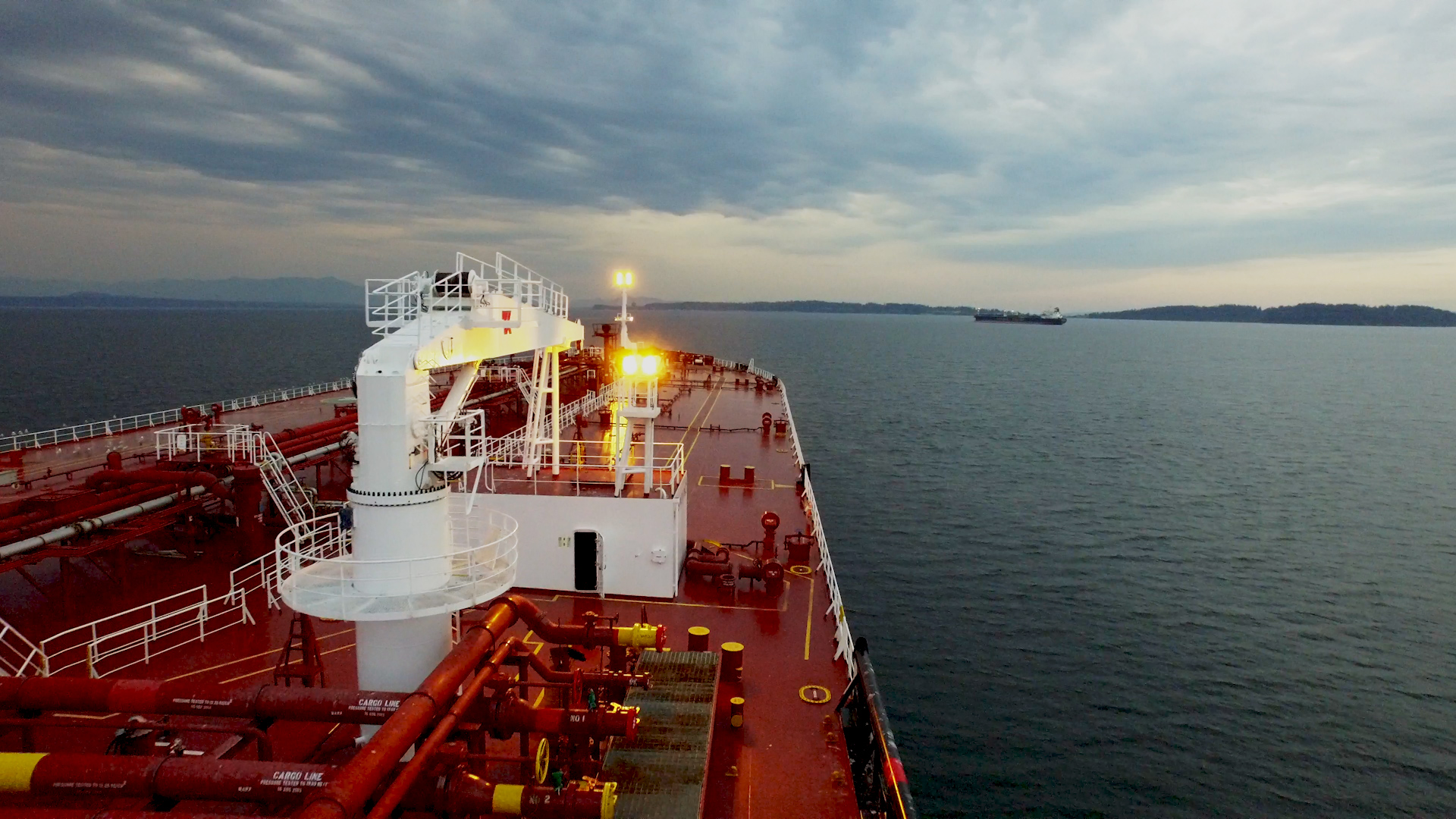18 May 2021
Crude tanker spot rates remained under pressure during the first quarter of 2021 due to the ongoing impact of the COVID-19 pandemic on global oil demand, oil supply cuts by the OPEC+ group of producers, and the continued unwinding of floating storage. However, the mid-size crude tanker sectors experienced some pockets of strength during the latter part of the first quarter of 2021 due to the impact of weather events in the Atlantic Basin and the blockage of the Suez Canal in late-March 2021.
A resurgence in the number of COVID-19 cases in various regions led to a slowdown in global oil demand during the first quarter of 2021. According to the International Energy Agency (IEA), global oil demand declined to 93.7 million barrels per day (mb/d), down approximately 1.0 mb/d from the fourth quarter of 2020. After increasing supply by 0.5 mb/d in January 2021, the OPEC+ group of producers decided to freeze production for the rest of the first quarter of 2021, while Saudi Arabia implemented an additional voluntary supply cut of 1.0 mb/d from February 2021. The combination of stalling oil demand growth and lower OPEC+ supply put pressure on crude tanker spot rates during the first quarter of 2021. In addition, the number of tankers being used for floating storage fell to a 12-month low of just under 20 million deadweight tons (mdwt) by the end of the first quarter, which further added to the current tanker supply and demand imbalance.
Despite these pressures, mid-size tanker spot rates showed some pockets of strength during the latter part of the first quarter, particularly in the Atlantic Aframax market. Bad weather in the U.S. Gulf during February and March 2021, along with vessel delays in the Mediterranean, led to tighter tonnage supply, bolstering spot Aframax rates, which reached over $20,000 per day on some routes. The blockage of the Suez Canal by the containership Ever Given at the end of March 2021 further tightened vessel supply and contributed to additional rate volatility. Although these events have now passed and spot tanker rates declined at the start of the second quarter, it was encouraging to see a positive rate reaction to these factors in what was otherwise a relatively depressed rate environment.
Although the tanker market is currently under pressure, there are positive indicators that are trending in the right direction and signal a potential recovery in the tanker market in the coming quarters, including:
- Improvements in the global economy – The outlook for the global economy is improving, with the International Monetary Fund (IMF) raising their global GDP growth forecast for 2021 from 5.5 percent to 6.0 percent. As a result of this improved economic outlook, the IEA has increased its forecast for global oil demand in the second half of 2021 from 98.6 mb/d at the start of the year to 98.9 mb/d in its May 2021 monthly report. More importantly for the crude tanker market, the IEA expects global refinery throughput to increase by 6.6 mb/d between April and August 2021, which is expected to generate a significant increase in crude tanker demand.
- Rapidly declining global oil inventories – Global oil inventories, which increased significantly in the second half of 2020, have been drawn down since the beginning of the year and are almost back to long-term averages, which means that oil demand growth will increasingly need to be met by additional oil supply in order to keep the oil market in balance. The OPEC+ group has already indicated its intention to return supply to the oil market by announcing a production increase of 2.1 mb/d starting May 2021, and it is expected that additional supply will be needed in the second half of 2021 as oil demand is expected to increase in tandem with the rollout of global vaccination programs. This is expected to be positive for tanker demand moving into the second half of 2021; however, the risk remains that further outbreaks of COVID-19 could have a negative impact on oil demand, particularly if these outbreaks affect large oil importing nations.
- Positive tanker fleet supply fundamentals – Tanker supply fundamentals continue to look very positive due to a small orderbook, relatively low levels of new tanker ordering, and an aging global tanker fleet. Since the start of 2021, there has been a large amount of new vessel ordering in the containership sector, which is taking up a considerable amount of shipyard capacity through 2023 and is driving newbuilding prices up for all vessel types. High steel prices are also contributing to the increase in newbuilding prices, which have risen by approximately 10 percent since the fourth quarter of 2020. Higher newbuilding prices, coupled with ongoing uncertainty over vessel technology, are expected to keep the level of new tanker orders relatively low. Tanker scrapping appears to be picking up, with 1.7 mdwt scrapped in March 2021, the highest level in almost three years. The combination of these factors is expected to keep tanker fleet growth at relatively low levels for the next two to three years.
In summary, the tanker market continues to face challenges in the near-term due to the impact of the COVID-19 pandemic. However, the outlook for the second half of 2021 looks more positive as global oil demand is expected to recover in tandem with the rollout of vaccination programs and as the OPEC+ group of producers return oil supply to the market. This should lead to improved tanker fleet utilization in the latter part of 2021, with a more sustained recovery expected in 2022 and 2023 supported by positive long-term fleet supply fundamentals.

